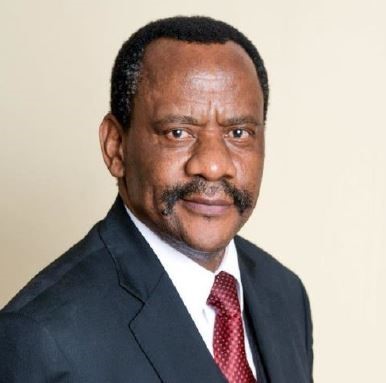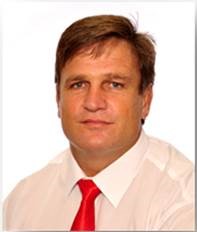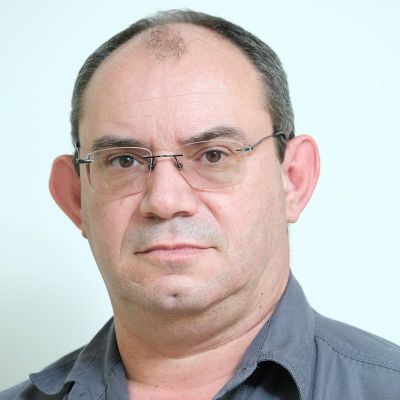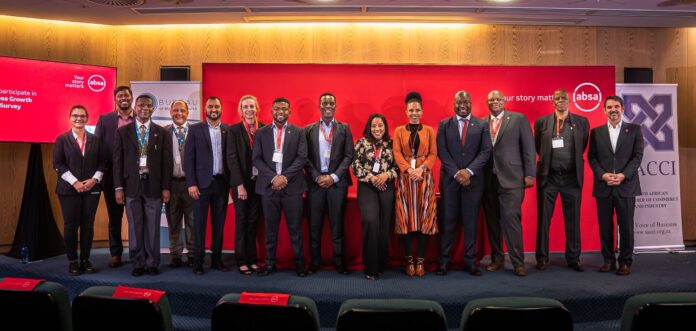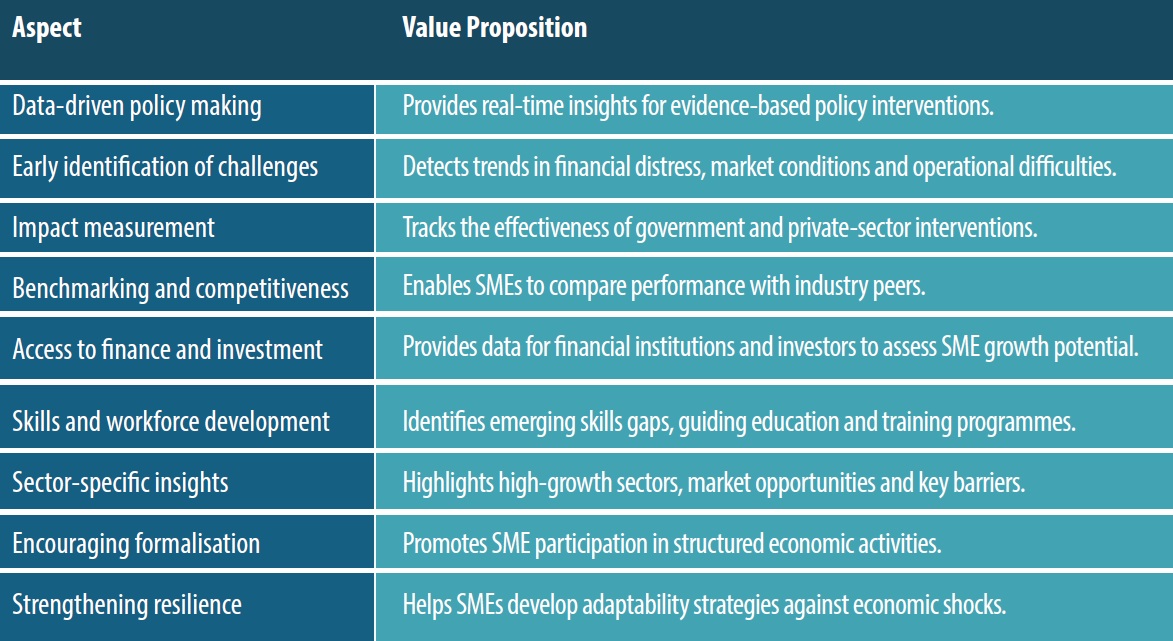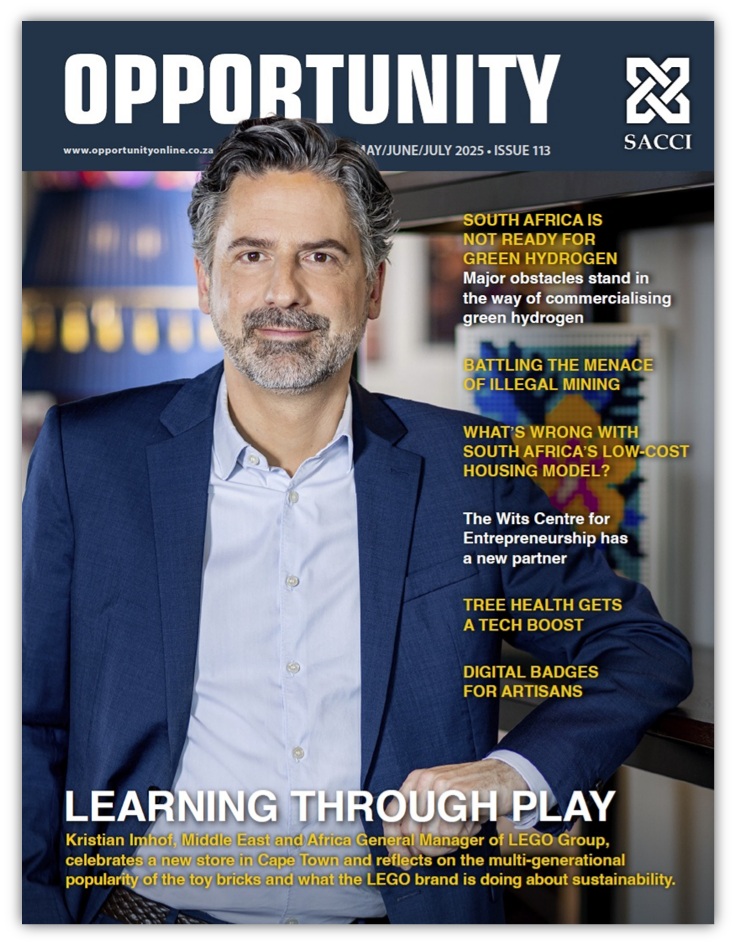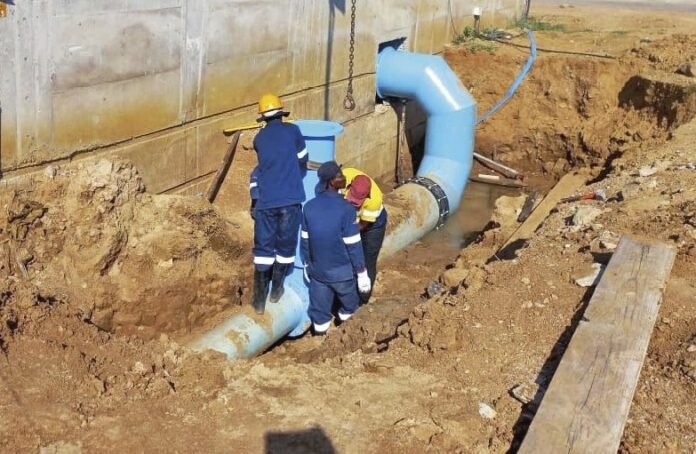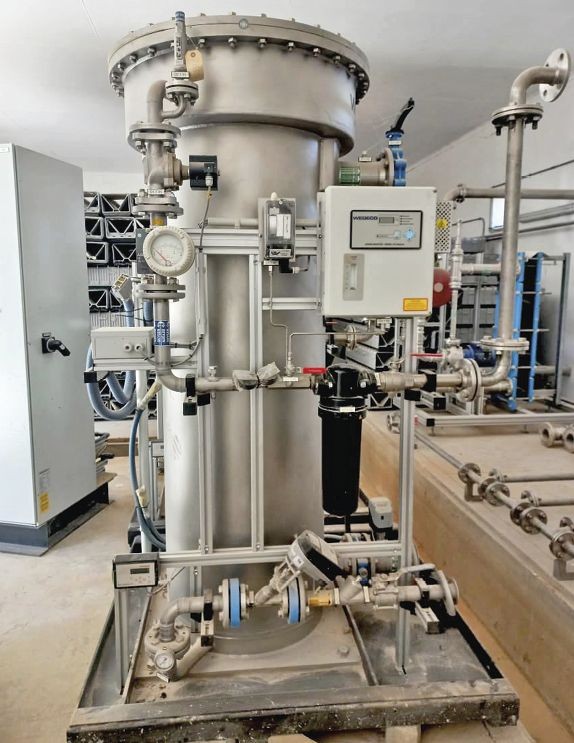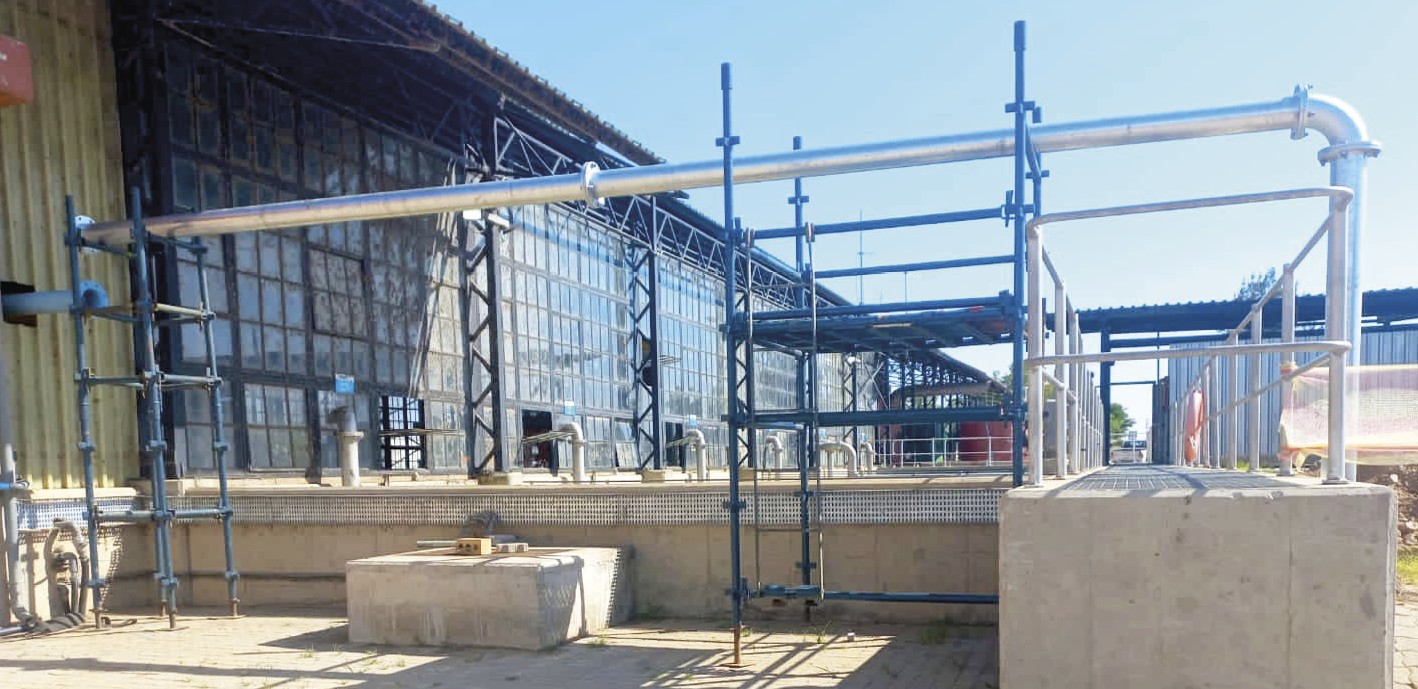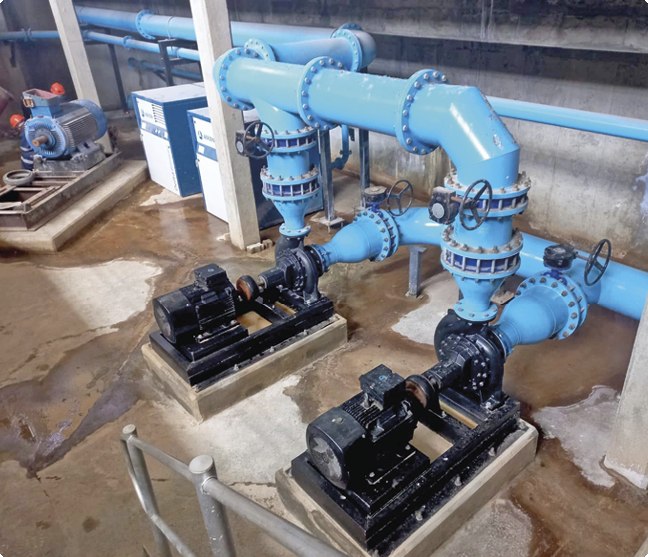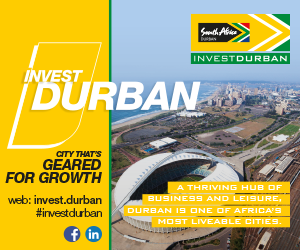What is your business/career background?
Impenduloyezwe Projects was born from both divine inspiration and a strong foundation in project management, mining and construction. In 2021, I registered the company with the belief that God had given me both the vision and the name, which means “the answer for the nations”. With a background in business and digital technologies and over a decade of hands-on experience in the mining sector, I brought together a capable team and established a company focused on excellence and impact. Our growth has been driven by strategic planning, faith and invaluable mentorship that challenged me to grow as a business leader.
How did Impenduloyezwe come to be formed?
The vision for Impenduloyezwe was rooted in purpose. I was inspired spiritually, but also practically equipped through years of industry experience. My mentor played a pivotal role in shaping my leadership, instilling in me the importance of discipline, planning and execution. He introduced me to strategic networks and taught me the value of meeting deadlines and upholding integrity in business. These influences, coupled with a desire to build something transformative, laid the foundation.
What were the most challenging aspects of starting the business?
One of the biggest hurdles was establishing myself as a credible CEO, especially after years of being known as a project manager. Despite my experience, I had to build new relationships and prove myself to stakeholders. Accessing funding was another challenge, especially in an industry that requires significant upfront investment in equipment and operations. Even after securing some funding, converting that into contracts and long-term opportunities required persistence, resilience and an unwavering belief in the vision.
What do you offer that other companies don’t?
What sets us apart is our ability to integrate multiple services under a single project-management structure, allowing for streamlined operations and reduced downtime. Our clients benefit from our agility, reliability and in-depth understanding of site logistics. We take pride in delivering tailored solutions that align with our clients’ operational goals and compliance standards.
Is one part of the business growing faster than others?
Our drilling services have been a standout area of growth. We’ve built a reputation for efficiency and reliability, often exceeding performance targets. This has led to repeat business and strong references from major mining clients. Our work at various mines has been praised for its efficiency and we’ve built lasting relationships through our ability to meet and exceed client expectations.
How is the mining sector performing?
Mpumalanga presents robust opportunities. The coal sector alone contributes significantly to the local and national economy. Mining houses have created platforms for local businesses to thrive, especially through their Enterprise Supplier Development (ESD) programmes. We see a future filled with opportunity and we’re positioning ourselves to meet that demand.
How many staff do you employ, and are there growth opportunities for them?
We currently employ 15 staff members. Empowering our team is part of our mission. With over 20 years of combined industry experience within our leadership, we provide an environment that encourages learning, mentorship and professional growth. We aim to raise future leaders, not just employees.

Where do you currently operate?
Our operations are currently based in Mpumalanga, with plans underway to expand into Limpopo and North West provinces. We’ve developed strategic plans to build a national footprint and be a leader in mining support and infrastructure development. Our growth isn’t just measured in revenue or contracts – it’s reflected in how many lives we uplift, the jobs we create and the legacy we’re building as a company rooted in purpose, service and excellence.
Biography
With a background in project management, business leadership and digital technologies, Humphrey Makhubu combines technical knowledge with strategic insight. A Global Business Award recipient in 2024, he is also a passionate philanthropist and ordained Apostle, driven by a mission to build businesses that impact communities and create opportunities for youth and women.
Commit your work to the Lord, and your plans will be established. – Proverbs 16v3.
Driven forward by aspiration
At Impenduloyezwe Projects we work towards establishing a highly dedicated organisation which emphasises teamwork and encourages creativity. We back our actions with thorough planning and organised implementation.
We constantly strive to enrich ourselves and our people with knowledge and experience. Impenduloyezwe was founded by Humphrey Makhubu, in 2021. It has employed over 20 people and has been efficient in all the services that it provides.
Impenduloyezwe aims to dominate the mining and construction sectors with black excellence. Although it comes from a very underdeveloped community, it has thrived beyond all limitations set against it. It has grown over the borders that are limiting any of its success and the record of work shows how much we pride ourselves in delivering and rendering the best services in the areas that we specialise in.
Services
- Blasting: mining
- Construction: road and general building
- Drilling: production drilling
- Plant and equipment hire: dump trucks, front-end loaders, excavators, water bowsers
- Construction
- Plant and equipment hire

Vision and mission
- To become a nationally recognised and preferred supplier and service provider, by the private sector, government and civil society.
- To become a self-sufficient client-centred business enterprise by the dawn of the second decade of the 21st century.
- To become a world pioneer in projects that create jobs, specially targeting women and the disabled.
- To provide employment and training of local unskilled men, women and the youth.
Values
Uncompromising safety; environmental stewardship; operational integrity; technical excellence; community commitment; people and performance. Our strength lies in our people. We foster a culture of respect, collaboration and continuous improvement, empowering our teams to excel.
Principles
Compliance and accountability; innovation with purpose; transparency in action; ethical-resource development; client-focused delivery. We work with clients, deliver customised solutions and meet project timelines without compromise.
Leadership
We lead by example, enhancing people’s vision towards the big picture and fostering an environment that empowers and encourages calculated risk-taking. We create a dynamic organisation where all are motivated towards our shared vision and becoming future leaders.
Open to change
We remain open to positive change and offer the framework for our people to learn and innovate constantly while taking proactive decisions, adapting to every change.
Empowerment
We believe in delegating authority to create an environment in which our people take decisions with responsibility and accountability to achieve our Mission and Vision.
Unique selling proposition
The company is youth owned and has accomplished great things within its short life of two years. It has the best executive team with experience of over 15 years in the mining sector and over four years in the construction sector. Best service provider with great references.
Customer base
- Mining sector: Seriti, Exxaro, Thungela, Mzimkhulu, Glencore
- Government sector: Eskom, AEMFC
Projects
Past seven years:
- Phola Taxi Rank: consulting services
- Ogies Road construction; project management
- RDP houses; consulting on housing renovation (damage caused by mine blasting); part-time project management
- Plant hire: Beryl Coal (headed supply chain)
Recent projects:
- Floodlights, LED supply: Tokata Coal
- Drilling services: Exxaro (Liyema Drilling)
- Consulting services: Muna 4by Trading enterprises
- Plant hire: Beryl Coa
Contact details
Address: 56 Tshili Street, Phola Location, Emalahleni, Mpumalanga
Tel: +27 65 885 7824
Email: info@impenduloyezweprojects.co.za
Website: https://impenduloyezweprojects.co.za/






